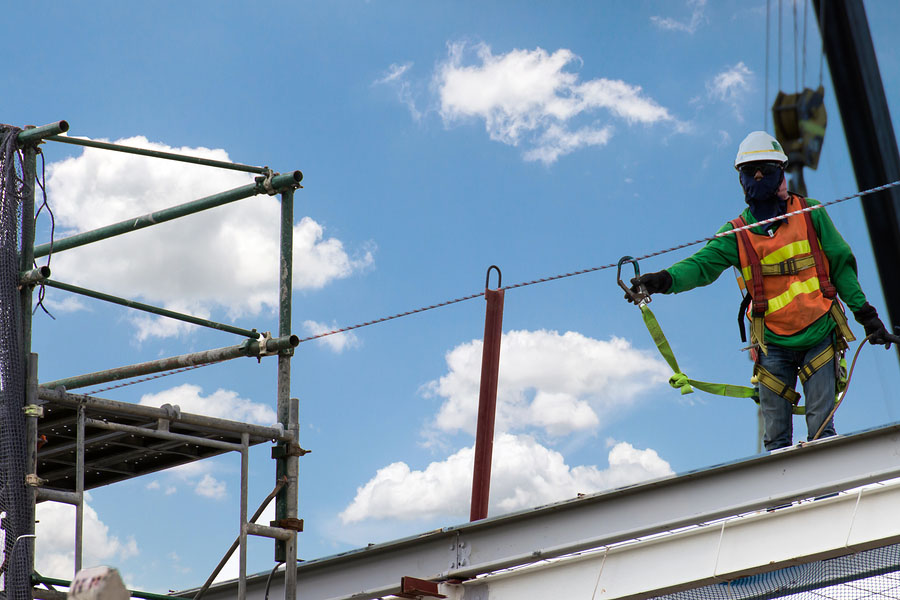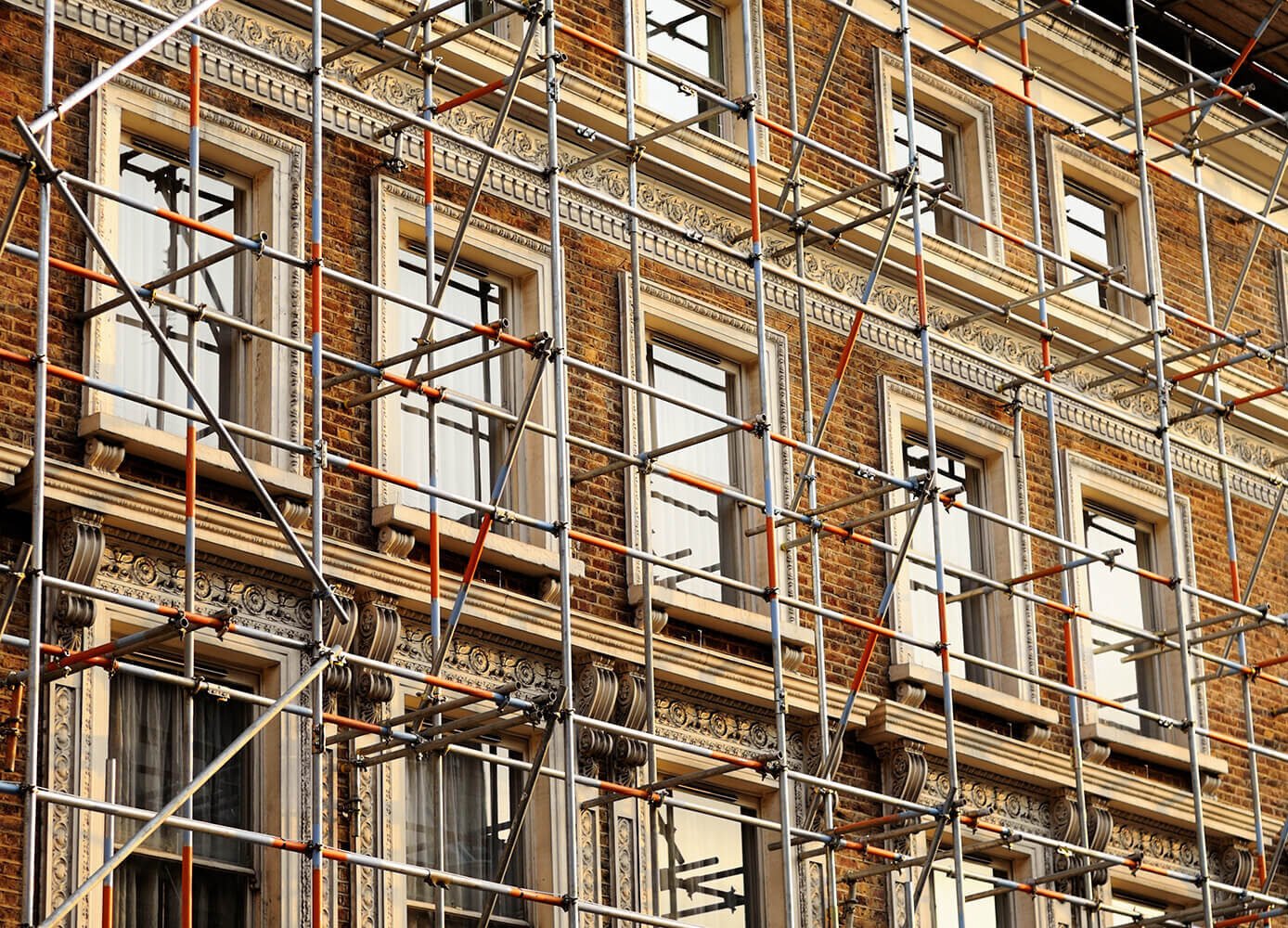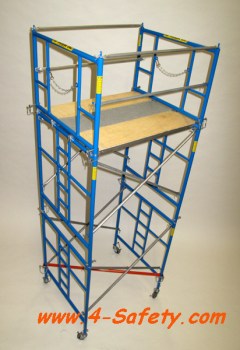Quality Scaffolding Surrey for Both Residential and Commercial Projects
Quality Scaffolding Surrey for Both Residential and Commercial Projects
Blog Article
Exploring the Different Sorts Of Scaffolding Used in Construction Projects
The building market depends greatly on numerous kinds of scaffolding to fulfill details project demands, each offering unique advantages and applications. Standard structure scaffolding gives a strong foundation for basic jobs, while suspended scaffolding is necessary for service skyscraper frameworks. Other options, such as system and rolling scaffolding, accommodate efficiency and mobility, specifically. The cantilever variant proves very useful in city atmospheres where space is constricted. Understanding the subtleties of these scaffolding types is vital for optimizing security and performance on building and construction sites, motivating a better evaluation of their distinct qualities and applications.

Typical Structure Scaffolding
Typical structure scaffolding is just one of one of the most widely used techniques in the building market because of its effectiveness and convenience. This system includes upright and straight frameworks that are assembled to produce a steady platform for materials and employees. The major components consist of upright articles, straight journals, and diagonal braces, which together give a solid framework that can sustain considerable loads.
Among the crucial benefits of standard frame scaffolding is its flexibility to different building projects, varying from residential buildings to large industrial frameworks. The modular design enables very easy assembly and disassembly, making it reliable for both lasting and short-term tasks. Additionally, the system can be personalized in height and size, suiting various building styles and website conditions.
Safety is extremely important in scaffolding applications, and conventional structure systems are geared up with guardrails and toe boards to avoid falls and make certain worker security. Regular assessments and adherence to safety and security policies are essential in preserving the stability of the scaffold (Scaffolding). On the whole, standard frame scaffolding remains an essential option in the building and construction market, offering a trusted system for labor and enhancing total project efficiency

Suspended Scaffolding
Put on hold scaffolding supplies an one-of-a-kind option for building jobs that need accessibility to raised surfaces, especially in situations where conventional frame scaffolding may be unwise. This kind of scaffolding is typically suspended from the roof or top levels of a framework, utilizing a system of systems, ropes, and wheels to produce a working area that can be adjusted to numerous heights.
Among the primary advantages of put on hold scaffolding is its versatility. It can be conveniently repositioned or decreased to suit adjustments in construction requirements, making it optimal for jobs such as window setup, frontage work, and upkeep on skyscrapers. Additionally, the very little impact of suspended scaffolding permits much better usage of ground space in city atmospheres, where room is typically minimal.
Security is an important factor to consider in making use of suspended scaffolding. Appropriate rigging and securing systems have to be employed to make click to investigate sure stability and protect against accidents. Operators should likewise be educated in the risk-free use this tools. On the whole, suspended scaffolding gives see this page a efficient and efficient remedy for accessing hard-to-reach areas in different building and construction circumstances, enhancing both efficiency and security on site.
System Scaffolding
System scaffolding, frequently considered as a contemporary option in the scaffolding market, consists of pre-engineered components that can be quickly set up and adjusted for different building projects. Scaffolding. This type of scaffolding is defined by its modular design, which enables convenience and efficiency on task websites, suiting structural requirements and various heights
Usually made from high-strength steel or light weight aluminum, system scaffolding uses improved toughness and stability. The parts consist of vertical blog posts, horizontal ledgers, and diagonal dental braces, which interconnect securely, ensuring a durable framework. The layout usually incorporates standardized installations, simplifying setting up and disassembly processes, thus lowering labor time and expenses.

Rolling Scaffolding
Rolling scaffolding is a versatile option use this link to standard set scaffolding, made for mobility and convenience of usage on building sites. This kind of scaffolding contains a system sustained by structures with wheels, permitting employees to easily move it as required. The wheelchair function dramatically enhances performance, as it decreases downtime related to disassembling and assembling dealt with scaffolding.
Typically built from light-weight products such as aluminum or steel, rolling scaffolding supplies a sturdy yet portable option for projects calling for frequent repositioning - Scaffolding. It is particularly useful in tasks such as painting, drywall installment, and electric work, where accessibility to different heights and locations is essential
Security is critical in rolling scaffolding layout, with features such as locking wheels to protect against unexpected movement when in usage, and guardrails to secure workers from drops. In addition, lots of models are flexible in elevation, accommodating various task needs.
Cantilever Scaffolding

The style of cantilever scaffolding commonly involves making use of arms or braces secured to a structure or framework, allowing the platform to extend outside safely. Security is critical; thus, these scaffolds have to be engineered to hold up against various tons and environmental conditions. Regular examination and upkeep are necessary to ensure structural integrity and employee security.
Cantilever scaffolding is favored for its flexibility and effective use of room, making it a preferred option in metropolitan atmospheres where space restraints are typical. Additionally, it promotes less complicated accessibility to high elevations, inevitably adding to the overall performance of building and construction projects. As with all scaffolding types, proper training and adherence to security requirements are crucial for workers using cantilever scaffolding.
Final Thought
Conventional framework scaffolding gives stability, while suspended scaffolding provides flexibility for raised jobs. System scaffolding promotes fast setting up, and rolling scaffolding boosts flexibility for differing work atmospheres.
Standard framework scaffolding supplies a tough structure for basic tasks, while put on hold scaffolding is important for work on high-rise frameworks.Moving scaffolding is a versatile option to standard fixed scaffolding, developed for movement and convenience of use on building sites. As with all scaffolding types, correct training and adherence to security standards are crucial for workers utilizing cantilever scaffolding.
Traditional structure scaffolding gives security, while suspended scaffolding supplies adaptability for raised jobs. System scaffolding assists in quick setting up, and rolling scaffolding improves mobility for differing work settings.
Report this page